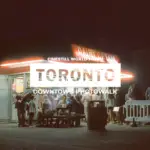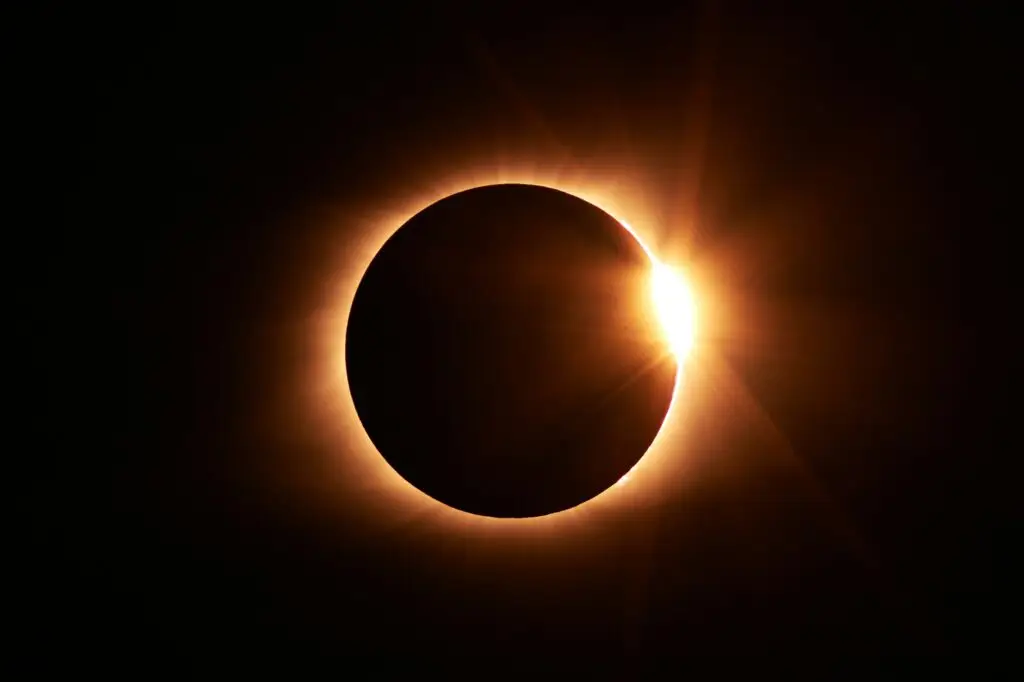

A solar eclipse occurs when the moon passes between the Earth and the sun, casting a shadow over certain parts of the Earth. The upcoming eclipse on April 8th will be visible from Toronto, offering a unique opportunity to capture this natural wonder. The eclipse’s peak, when the moon covers the largest part of the sun, will provide the most dramatic photographic opportunities.
Choose a location with a clear view of the sky. Waterfront areas or open parks in Toronto can be great choices. Visit your chosen spot beforehand to plan your shots, considering the sun’s position during the eclipse.
Photographing a solar eclipse is an exciting challenge that requires preparation and caution. With the right gear and techniques, you can safely capture stunning images of the April 8th eclipse. Share your experiences and photos to inspire others, and enjoy the beauty of this celestial event.